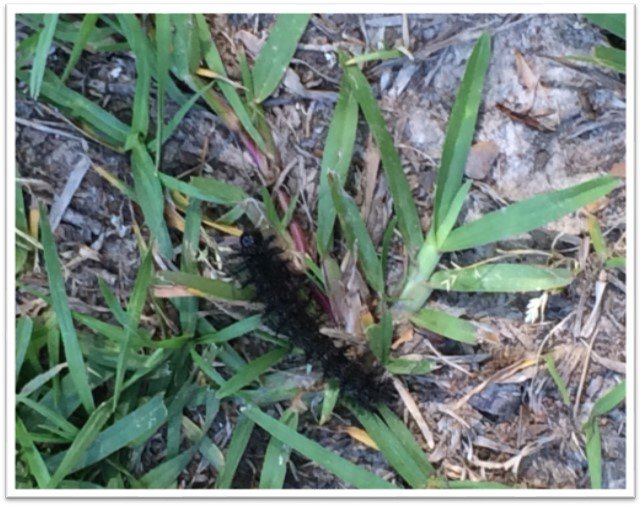
Motorcyclist Succumbs to Injuries Received in Terrebonne Parish Crash
June 19, 2022
Body of missing Raceland athlete found in Idaho
June 19, 2022The Louisiana Harvest of the Month (LA HOM) program showcases locally grown foods in Louisiana schools, institutions, and communities.
June’s Harvest of the Month features three wonderfully Louisiana foods: blueberries, shrimp and mushrooms!
BLUEBERRIES
• In Louisiana, blueberries are in season during the long, hot days of summer, usually from May to July. This is the perfect time to bring your kids to a local pick-your-own blueberry farm to show them where their food comes from.
• When buying blueberries, keep in mind that size isn’t a good indicator of maturity, but color is.
• Avoid purchasing blueberries that look shriveled or are showing signs of molding.
• Look for blueberries that are deep purple-blue or blue-black, firm, plump, and smooth-skinned.
• Make sure blueberries are completely dry when you freeze them. This will ensure that they don’t clump together, making it easier to grab a few at a time.
• You don’t have to rinse blueberries before freezing them. You can just put them in the freezer in their original container.
• If you didn’t wash your blueberries before freezing, give them a rinse just before use.
• It’s best to freeze blueberries at the peak of freshness, so be sure to pop them in the freezer within a few days of purchasing if you won’t be using them immediately.
• Store frozen blueberries in the freezer for up to 10 months!
SHRIMP
• Like catfish, shrimp play an important role in Louisiana’s food culture and tradition. Some classic Louisiana shrimp dishes include shrimp & grits, shrimp étouffée, and New Orleans barbecued shrimp.
• There is an entire festival dedicated to shrimp each year in Delcambre, LA that features a shrimp cook-off, food booths, and carnival rides.
• Louisiana leads the nation in shrimp harvests, which can hit the Louisiana docks to the tune of 120 million pounds in a good year.
• Shrimp come in many different shapes and sizes. Although the term “shrimp” suggests these critters are small in size, some shrimp can grow up to 12 inches long!
• Shrimp color can vary one species to another and can be influenced by age, harvest season, or diet.
• Raw shrimp range in color from white and light gray to blue and dark gray. Some species like the invasive tiger shrimp even have black stripes on their shells. However, all shrimp turn a pinkish color when cooked.
• Shrimp can live in both fresh and saltwater and survive on a diet of algae, plankton, and other small plant and animal matter.
MUSHROOMS
• Mushrooms come in many varieties; more than 38,000 are available. However, some mushrooms can be toxic. To be safe, get mushrooms at the market rather than picking your own.
• While most mushrooms are safe to eat raw, cooked mushrooms are more nutritionally beneficial. They can be served as the main course or put into soups, salads, or other side dishes.
• Mushrooms are inexpensive and available year-round. All forms of mushrooms—dried, canned, frozen, or fresh—have nutritional value.
• Mushrooms are a good source of B vitamins such as riboflavin, niacin, and pantothenic acid. These B vitamins aid the body in providing energy with the breakdown of protein, fat, and carbohydrates.
• Technically, mushrooms are not a vegetable, but they are often used and served as a vegetable. They are a low-calorie, high-fiber food choice that can be used in many recipes.
• A mushroom is a fungus. A fungus differs from a plant in that it has no chlorophyll, produces spores instead of seeds, and survives by feeding off other organic matter.
• Mushrooms are made up of around 90% water.





